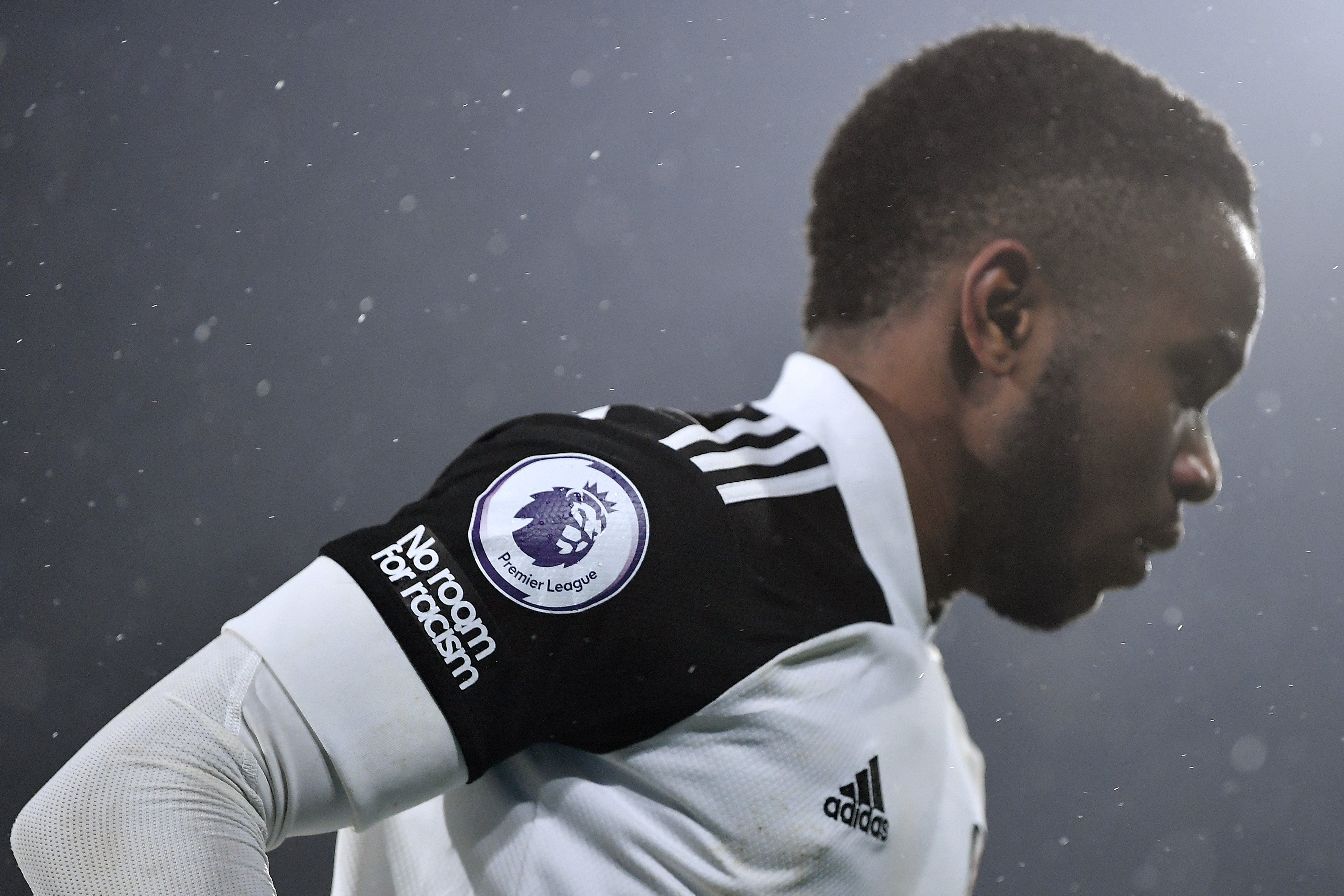Can we solve football’s hate problem? Take a look at the ‘Salah Effect’
When Mo Salah joined Liverpool, Merseyside saw a big fall in the hate-crime rate and a 50 per cent drop in anti-Muslim tweets posted by fans. What can we learn from this, asks Matthew Williams

Following the Liverpool-Manchester United game on 15 October 2011, Luis Suarez was accused of racially abusing Patrice Evra. Despite both player and club maintaining his innocence, Suarez was found guilty by the FA and was punished with an eight-match ban and a £40,000 fine.
Regardless of whether it was an intercultural misunderstanding or racism, Liverpool’s unflinching defence of their star striker, especially after the FA’s decision, risked sending the wrong message to fans. During pre-match civilities at their next meeting in January, Suarez refused to shake the hand of Evra. As the game unfolded, a fan was caught on camera making monkey gestures, and at Evra’s every touch of the ball, a chorus of abuse reverberated around the stands of Anfield.
A month before the game, I had begun an academic project on measuring online racial tensions. The Suarez-Evra incident soon became its focus. While not well documented in the press at the time, my team found Liverpool fans became increasingly hateful and abusive towards Evra on Twitter and last year, Evra revealed that the racism and death threats he received after the incident resulted in him hiring security at his home.
Subscribe to Independent Premium to bookmark this article
Want to bookmark your favourite articles and stories to read or reference later? Start your Independent Premium subscription today.
Join our commenting forum
Join thought-provoking conversations, follow other Independent readers and see their replies